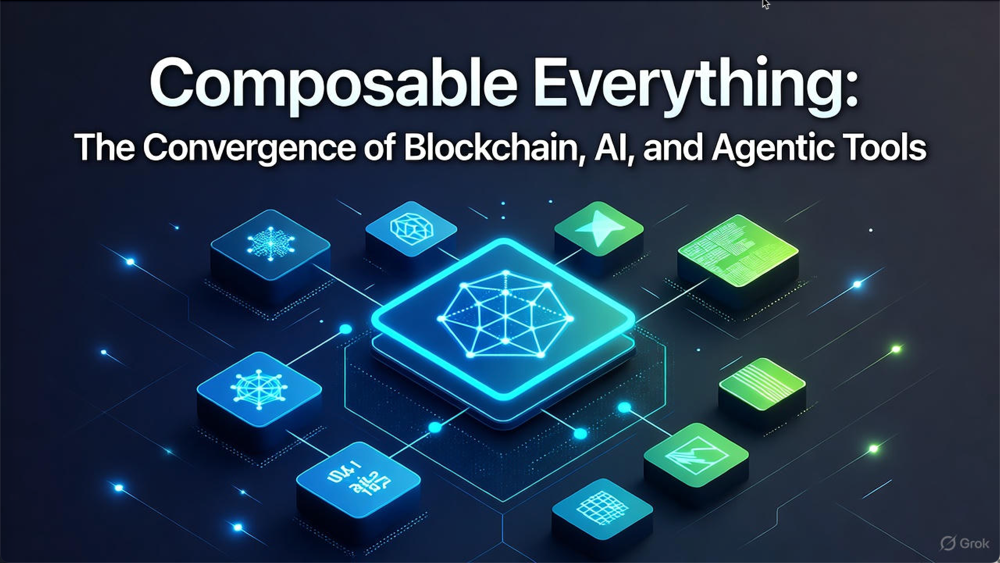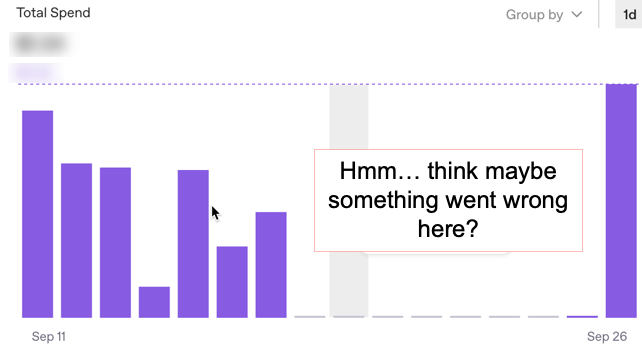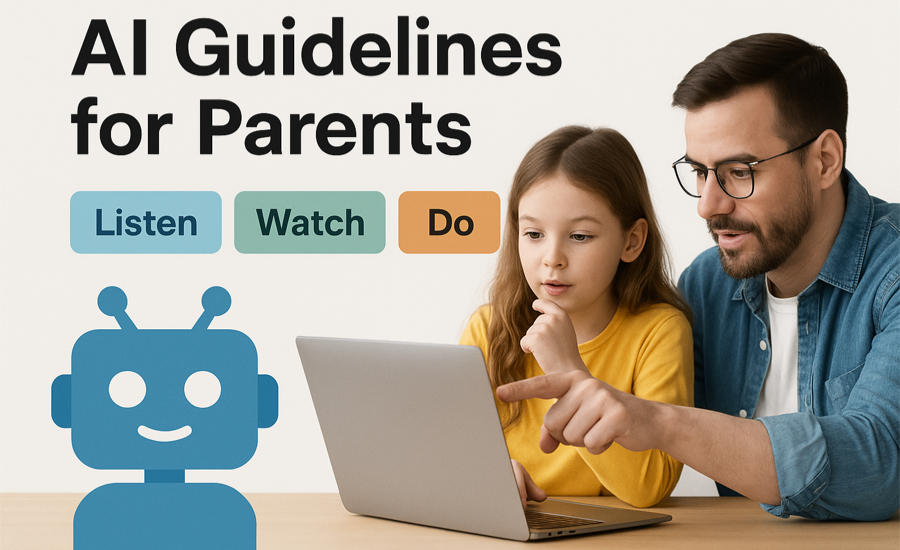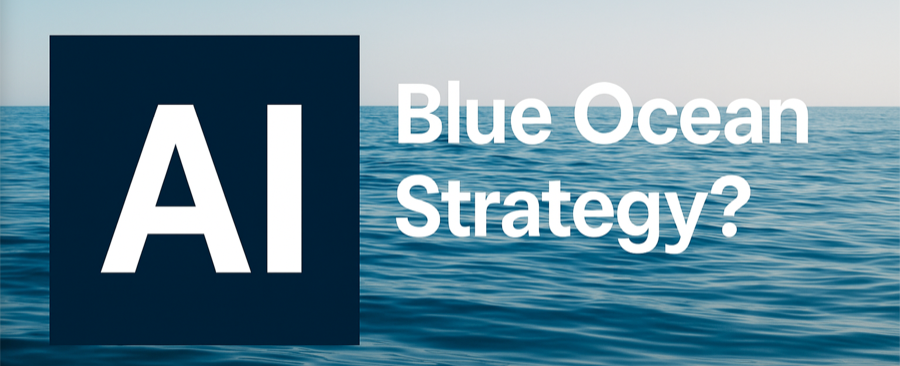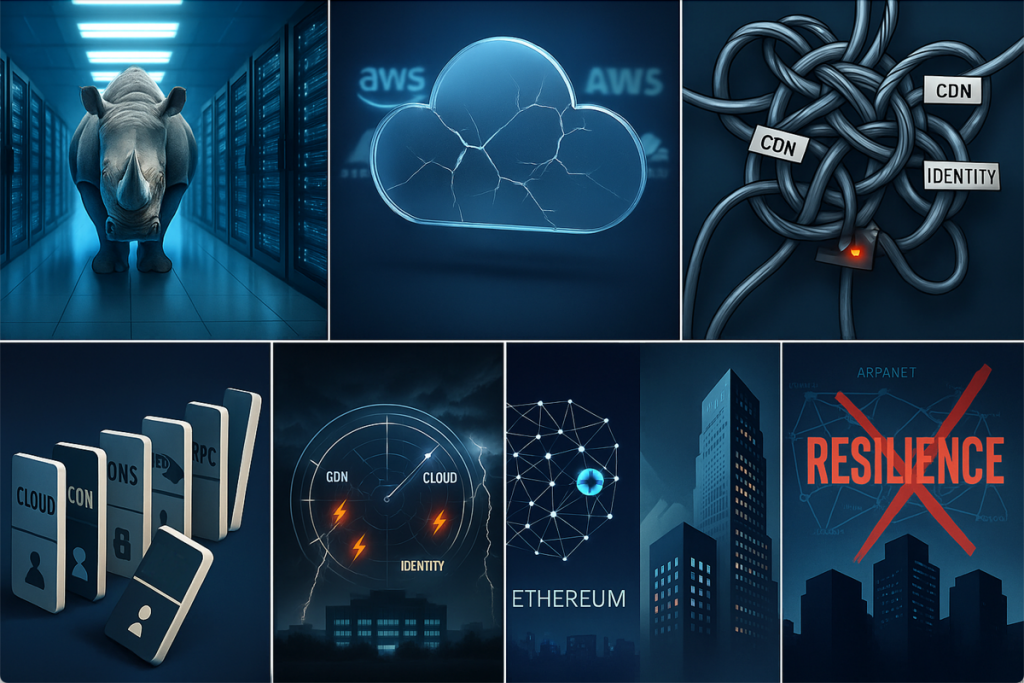
I’ve spent some time the past year on an important project, potentially life-saving for many. But if the site went down for a few hours or even a day, no one would die immediately. Maybe some revenue loss, but nothing catastrophic. What about yours? Is it mission or safety critical? Or doing so much business that a half a day is millions in loss? Not to mention the customer service issues?
Major digital outages keep happening. The Internet was designed to survive nuclear war, yet we’ve layered on centralization that increases failure risk. And it seems to be getting worse as new inflection points pile up.
[Read more…]
